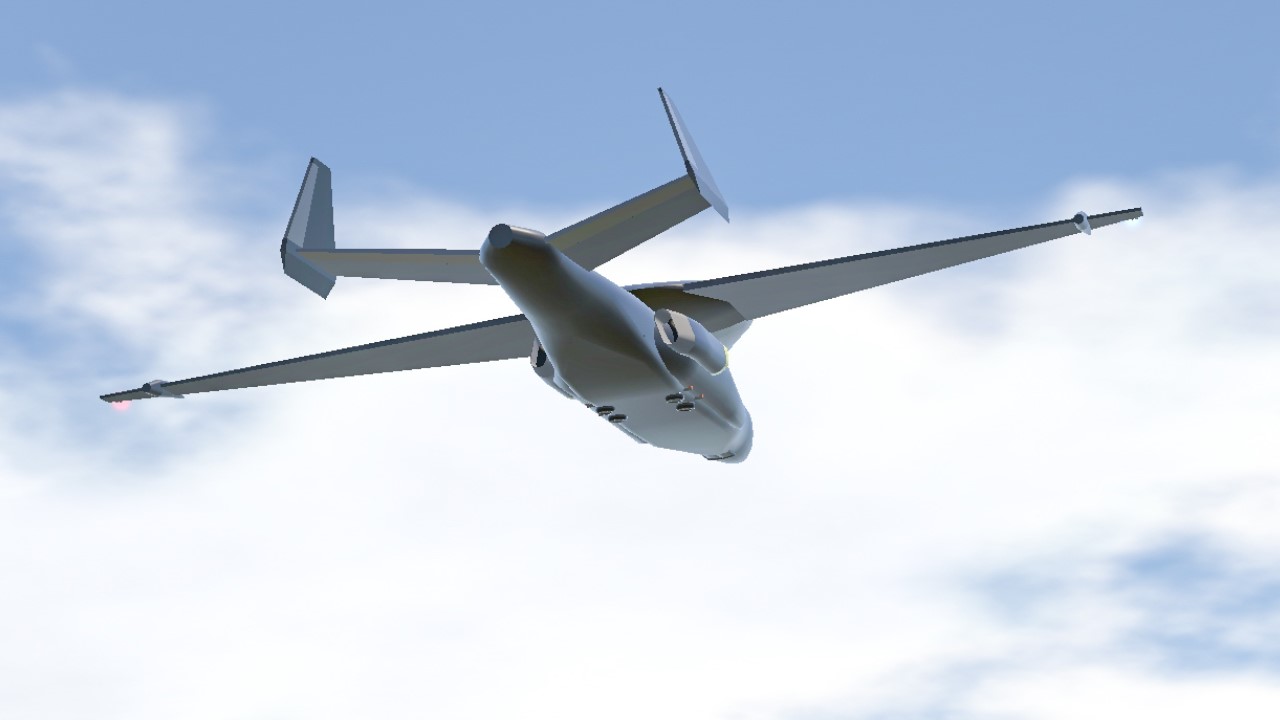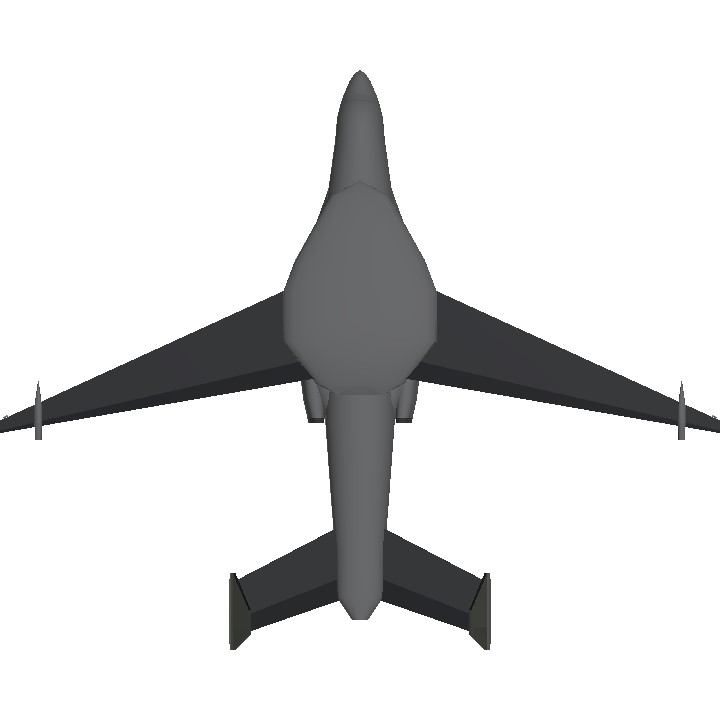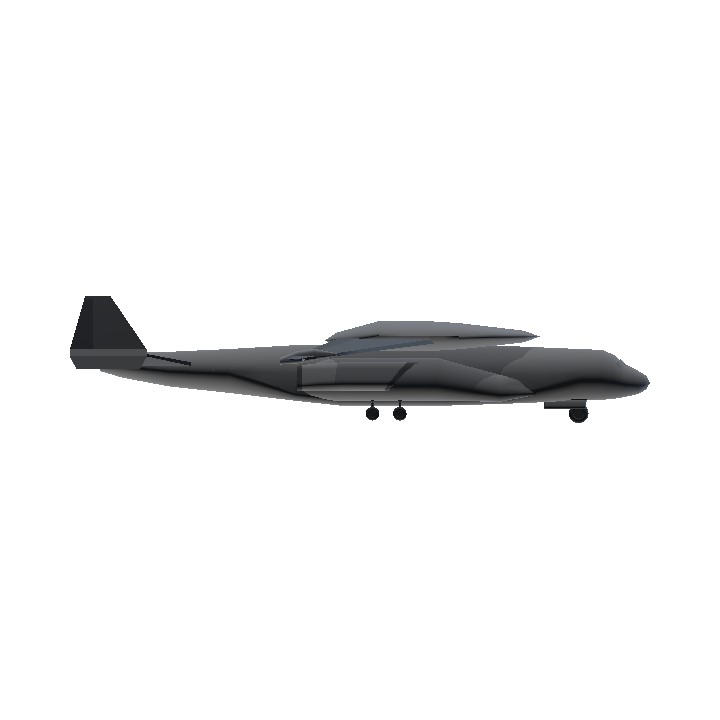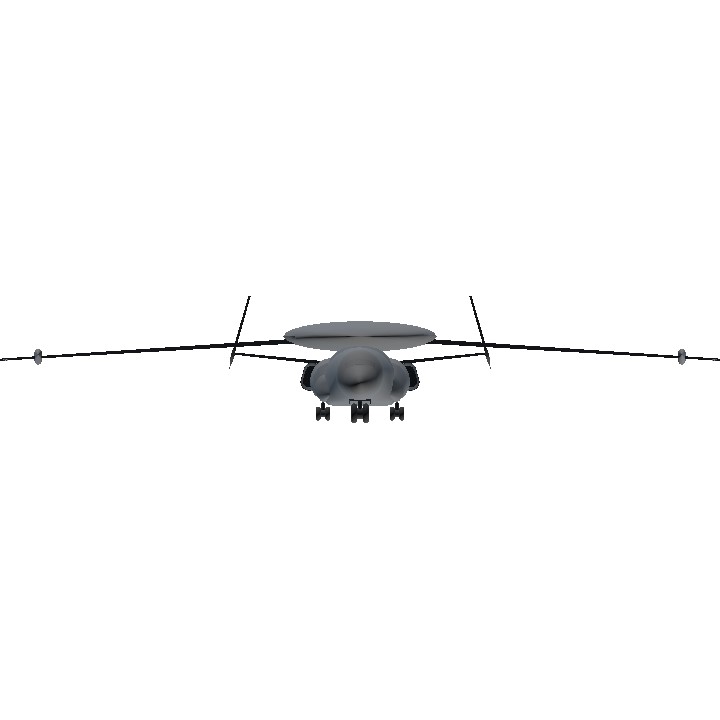In the anime "Yukikaze" by Chohei Kambayashi, the C-31 cargo aircraft has a rich and intriguing fictional origin that reflects the technological advancements and wartime needs of its universe. The C-31, designated both for its mission capabilities and its unique design features, emerged during a crucial transitional period in the conflict with the Phantom Region—an alternate dimension filled with hostile entities.
The Birth of the C-31
In the late 2040s, as the war with the Phantom Region escalated, nations on Earth recognized a dire need for versatile logistical support to sustain their military operations beyond conventional boundaries. The original C-30, a smaller cargo aircraft used by frontline units, became insufficient for the increasing demands of airborne operations. The requirement for a larger, more resilient transport craft led to a collaborative international project called "Project Horizon."
The vision for the C-31 was inspired by the remarkable flexibility of drones and UAS (Uncrewed Aerial Systems) in combat. Engineers and military strategists focused on creating a twin-engine cargo aircraft capable of operating in contested airspaces, equipped with advanced stealth technology to avoid detection by the Phantom Region's surveillance mechanisms.
Design and Features
Constructed by a coalition of aerospace companies from around the globe, the C-31 boasted several revolutionary features:
Stealth Technology: Utilizing radar-absorbing materials and a sleek, fuselage design, the C-31 minimized its radar cross-section, making it harder to detect. This stealth capability was imperative for penetrating the Phantom Region's airspace, where hostile opposition was imminent.
Cargo Flexibility: With modular cargo holds, the C-31 was versatile in its transport capabilities. It could carry anything from ammunition and supplies to vehicles and personnel, adapting to the mission mix required by ground forces.
Advanced Avionics: The integration of AI-assisted navigation and communication systems allowed the C-31 to operate autonomously for parts of its mission. This technology also ensured that the aircraft could conduct operations in real-time coordination with fighter jets, avoiding confrontations with enemy forces.
Enhanced Propulsion: Featuring a unique turbofan engine configuration, the C-31 could achieve shorter take-off distances and improved fuel efficiency. This propulsion system allowed the C-31 to operate from makeshift airstrips near the front lines.
Defense Mechanisms: To counter potential attacks, the aircraft was equipped with a suite of defensive measures, including flares to mislead heat-seeking missiles and electronic warfare systems to jam enemy radar and communications.
The Role in Yukikaze's Narrative
As the primary earthbound support for the elite Yukikaze squadron, the C-31 played a pivotal role in transporting supplies and personal equipment to the front lines while also conducting reconnaissance missions to gather intelligence on the Phantom Region. Its operational versatility became a cornerstone of Earth’s strategy to engage the Phantoms, enhancing the Yukikaze squadron's ability to undertake high-risk operations deep within enemy territory.
Throughout the series, the C-31 showcased the importance of logistical support in modern warfare. It was not just a mere transport vehicle; it became a symbol of hope and resilience in the face of overwhelming odds. The aircraft’s ability to complete critical supply runs against all expectations often highlighted its crew's courage, showcasing the deeply human elements of warfare amid the science fiction backdrop.
Legacy
In the wake of the series’ conclusion, the C-31's legacy endured well beyond the conflict. As the world began to rebuild, the innovative technologies developed for the C-31 paved the way for future generations of cargo aircraft, emphasizing the importance of collaboration and adaptation in military aviation.
Thus, the C-31 stands as a testament to human ingenuity and determination, merging fiction with futuristic aerospace concepts, forever etched in the lore of "Yukikaze" and the collective memory of its characters.
Specifications
Spotlights
- YarisSedan one year ago
General Characteristics
- Created On Android
- Wingspan 409.8ft (124.9m)
- Length 330.2ft (100.7m)
- Height 72.5ft (22.1m)
- Empty Weight N/A
- Loaded Weight 69,113lbs (31,349kg)
Performance
- Power/Weight Ratio 1.95
- Wing Loading 9.1lbs/ft2 (44.3kg/m2)
- Wing Area 7,625.3ft2 (708.4m2)
- Drag Points 56630
Parts
- Number of Parts 89
- Control Surfaces 8
- Performance Cost 575





Im back, after a longgar time
@SuperSuperTheSylph hey Yukikaze nerd.... I think you like this